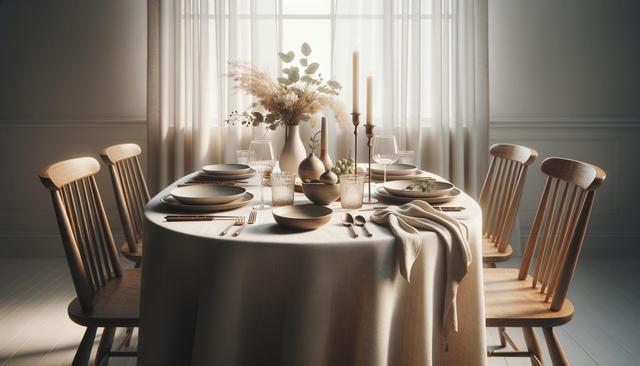Understanding the Role of a Dining Table
The dining table is often the centerpiece of a home’s communal space. It’s not only where meals are shared but also where homework is done, projects are completed, and guests are entertained. Because of its central role, choosing the right dining table requires thoughtful consideration of both function and aesthetics. The table should complement the overall interior design while meeting the practical needs of the household. Whether you live in a small apartment or a spacious house, the table you choose should suit your lifestyle and daily activities.
Functionality plays a big role in the decision-making process. For example, families with children may prefer tables with rounded edges for safety, while those who entertain often might look for extendable tables to accommodate more guests. The choice of material also impacts durability and maintenance. Wood, glass, and metal each offer different levels of upkeep and visual appeal. It’s important to think about how the table will be used day-to-day, not just how it looks in the showroom.
Different Styles to Match Your Interior
Dining tables come in a wide range of styles that can enhance the overall look of your dining area. From rustic farmhouse tables to sleek, modern designs, the table you select should reflect your personal taste and the character of your home. When choosing a style, consider the existing furniture and décor to ensure a cohesive aesthetic. Here are a few popular styles to consider:
- Traditional: Often made of solid wood with carved legs and classic finishes.
- Contemporary: Clean lines, minimal ornamentation, and modern materials like glass and metal.
- Industrial: A mix of raw wood and metal, offering a rugged, urban feel.
- Scandinavian: Simple and functional, with emphasis on light wood and neutral tones.
The shape of the table also influences its style and functionality. Round tables promote conversation and are ideal for smaller spaces, while rectangular tables are well-suited for larger dining rooms or open-plan layouts.
Size and Space Considerations
Choosing the right size is crucial for a comfortable and functional dining area. A table that is too large can overwhelm a room, while a table that’s too small may not serve your needs. Start by measuring your dining space and consider the number of people you need to accommodate regularly. Allow at least 36 inches of clearance around the table for chairs and movement. This ensures that diners can sit and stand comfortably without crowding.
Here are some general guidelines to help with sizing:
- For four people: a round table with a diameter of 36-44 inches or a rectangular table about 48 inches long.
- For six people: round tables of 44-54 inches diameter or rectangular tables of 60-72 inches.
- For eight or more: rectangular tables over 72 inches or large oval tables.
Also consider the table height and chair compatibility. Standard dining tables are about 28-30 inches tall, and chairs should have a seat height of 17-19 inches. Pay attention to legroom and under-table clearance to ensure comfort, especially for taller guests.
Material Matters: Durability and Maintenance
The material of your dining table affects its lifespan, appearance, and maintenance needs. Wood is a timeless choice that offers warmth and character, but it may require periodic refinishing to maintain its look. Hardwoods like oak, maple, and walnut are known for their durability. Softwoods such as pine can be more affordable but are susceptible to dents and scratches.
Other materials include:
- Glass: Offers a modern look, makes small spaces feel larger, but shows fingerprints and smudges easily.
- Metal: Durable and industrial in appearance but may feel cold or heavy in certain interiors.
- Marble: Luxurious and elegant but requires sealing and careful maintenance to avoid stains.
- Laminate: Budget-friendly and easy to clean, though less durable over time.
When selecting a material, balance visual appeal with your willingness to maintain the table. For families or those with pets, scratch-resistant and easy-to-clean surfaces may be more practical.
Tips for Enhancing Your Dining Area
Once you’ve chosen your dining table, enhancing the surrounding space can create a more inviting and functional dining area. Lighting, seating, and accessories play a key role in setting the tone. A well-placed pendant light or chandelier can define the space and add warmth. Chairs should be comfortable and complement the table’s design. Mixing styles—like pairing a rustic table with modern chairs—can create a unique, personalized look.
Consider these enhancement ideas:
- Add a centerpiece such as a vase of fresh flowers or a decorative bowl.
- Use placemats, runners, or tablecloths to protect the surface and add texture.
- Incorporate storage elements like a sideboard or buffet to reduce clutter and keep essentials handy.
Personal touches, like artwork or family photos nearby, can also make the dining area feel more intimate and inviting. Ultimately, the dining table should be a space where people want to gather, linger, and enjoy each other’s company.


